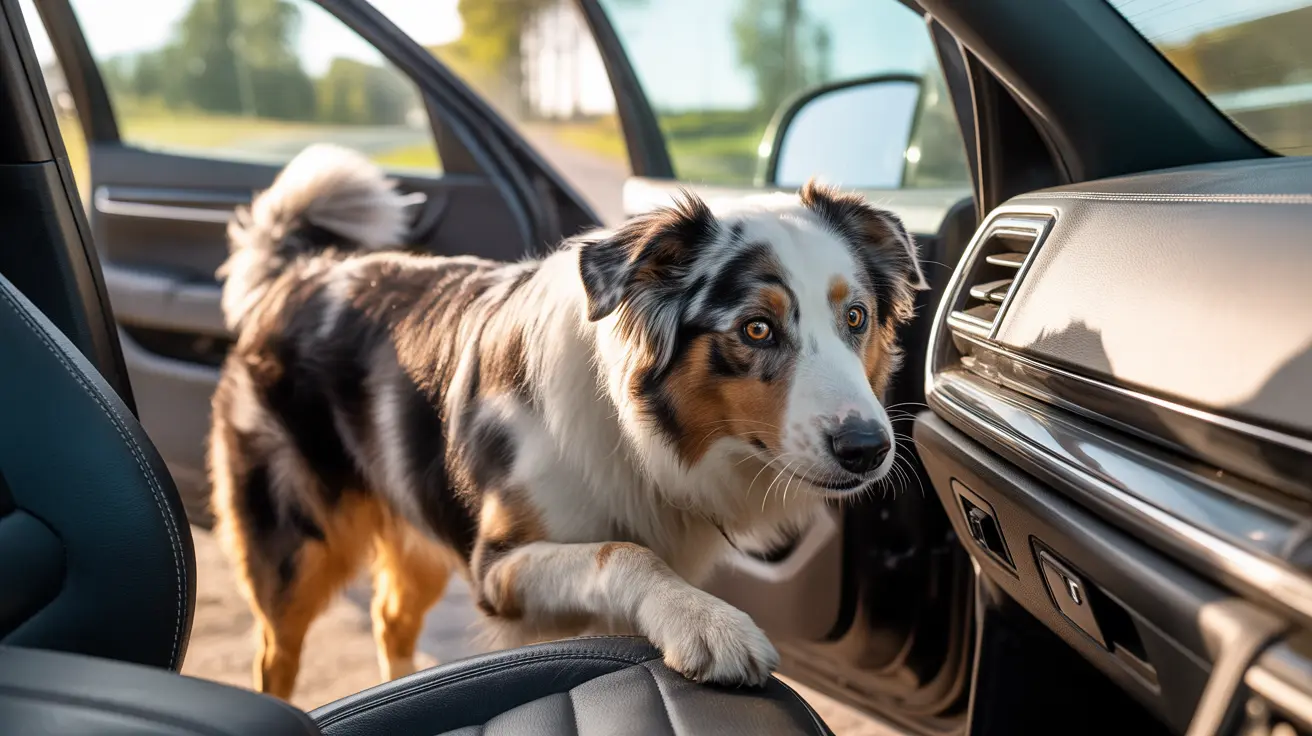Understanding Frito Feet in Dogs: Which Breeds Are More Prone?
Many dog owners have noticed a curious phenomenon: their dog’s paws smelling like Fritos or other corn chips. This distinct scent is commonly referred to as Frito feet. While the smell is generally harmless, it stems from natural biological processes involving bacteria and yeast on the paw skin.
What Causes the Frito Smell?
The Frito-like odor is produced by bacteria such as Proteus and Pseudomonas, along with different types of yeast, that live on the dog’s skin, especially on the paws. Dogs have sweat glands in their paws, and these microbes thrive in the warm, moist environment between the paw pads. When moisture is trapped—especially after sleeping, walking, or licking—the microbial population flourishes, releasing the characteristic odor.
Do Certain Breeds Get Frito Feet More Often?
While any breed can develop Frito feet, some are more susceptible due to physical and behavioral traits. Here are the types of dogs more likely to exhibit this condition:
- Long-haired breeds: Dogs like Golden Retrievers, Cocker Spaniels, and Shih Tzus often have fur between their toes, which traps moisture and debris.
- Breeds with webbed feet: Such as Labrador Retrievers and Newfoundlands—the webbing holds onto water and heat, promoting microbial growth.
- City dogs or indoor dwellers: Pets exposed to pollutants or less natural terrain may accumulate more environmental materials on their paws.
- Breeds prone to allergies: Bulldogs, Terriers, and Boxers often suffer skin sensitivities that can lead to excessive paw licking and yeast growth.
When Is Frito Feet a Concern?
Although a light corn chip smell is usually harmless, there are situations where it might indicate an issue:
- Stronger, foul odor
- Redness or swelling between paw pads
- Excessive licking or chewing of the feet
- Hair loss, lesions, or discoloration of skin or nails
- Limping or discomfort when walking
If any of these symptoms appear, it could be a sign of a bacterial or yeast infection, allergies, or other dermatological conditions. In such cases, consulting a veterinarian for diagnosis and proper treatment is essential.
Tips to Prevent and Manage Frito Feet
Maintaining good paw hygiene is an effective way to reduce the smell and bacterial growth:
- Clean paws regularly using dog-safe soaps, wipes, or just water.
- Dry paws thoroughly after walks or cleaning to prevent moisture buildup.
- Trim fur between the toes and around the pads to improve airflow.
- Keep nails short to avoid harboring dirt and pathogens.
- Clean bedding and common areas to reduce allergens and debris.
When to Avoid Treatments
Healthy dogs can naturally emit a mild, pleasant, food-like odor from their feet without needing any treatment. Over-cleansing or using harsh products may disrupt the natural skin microbiome. Only treat the dog's paws if there are signs of discomfort, infection, or advice from a veterinarian.
Could the Smell Be from Another Area?
Sometimes, the corn chip smell may originate from other moist body parts, such as ears or facial folds, especially in breeds like Bulldogs or Pugs. It’s important to inspect the dog thoroughly to determine the source of any unusual odor.
Summary
All dogs can experience Frito feet, but breeds with dense fur, webbed toes, or predispositions to allergies are more prone. As long as it doesn’t involve any irritation or infection, this phenomenon is perfectly natural and not a cause for alarm. Proper hygiene and regular monitoring are key to keeping your dog’s paws healthy and odor-free.




